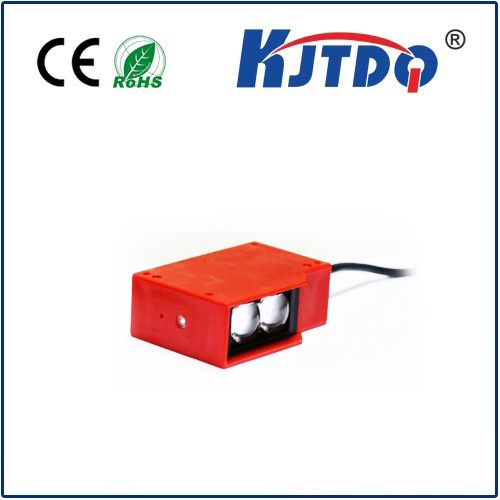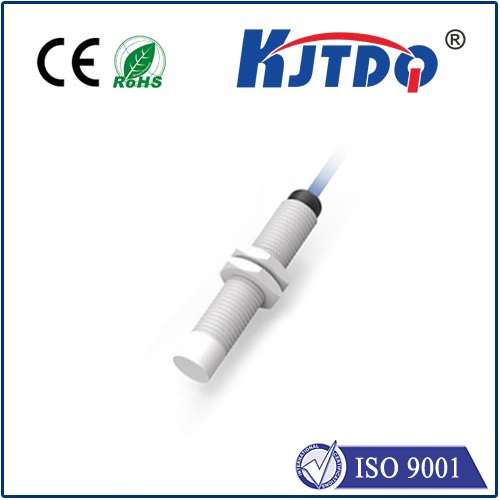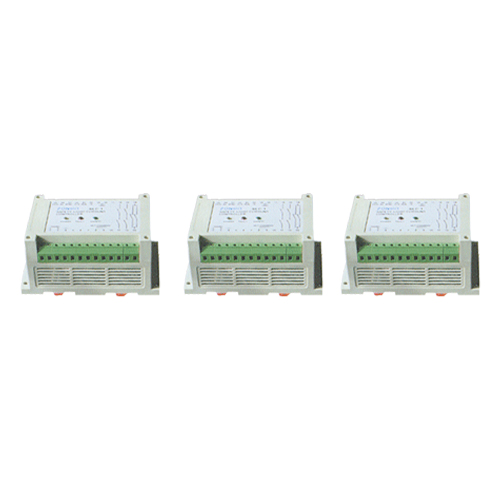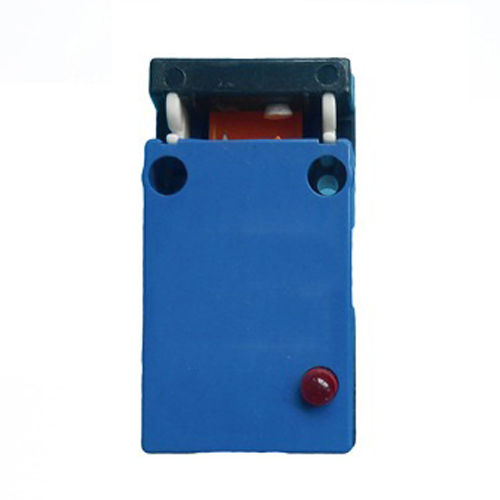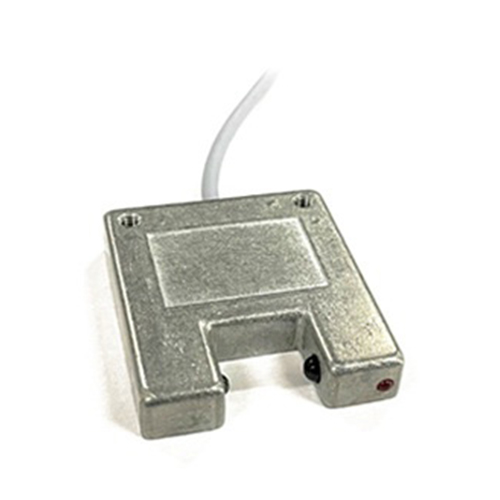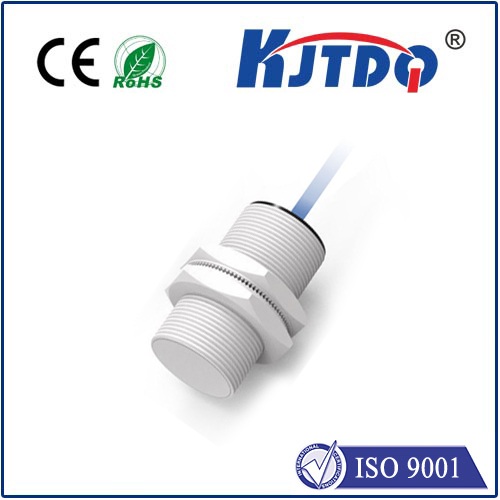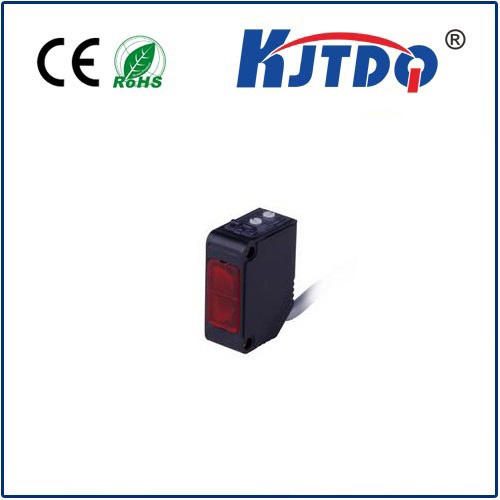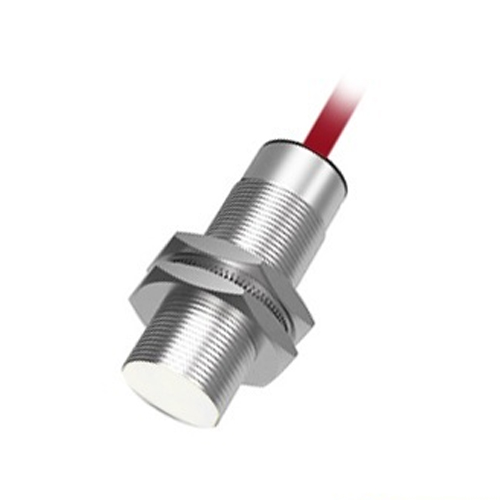ограничительный переключатель
- time:2025-09-14 00:10:39
- Нажмите:0
Limit Switch: The Unsung Guardian of Mechanical Precision and Safety
Imagine a heavy industrial door sliding smoothly, stopping exactly where it should, not an inch further. Picture a robotic arm gracefully halting its movement mere millimeters from a delicate object. Or consider an elevator arriving perfectly level with your floor. These moments of precise, reliable stopping are often silently orchestrated by a humble yet indispensable component: the ограничительный переключатель. More than just an on/off device, it’s a crucial sensor, a protector, and a fundamental enabler of automation and safety across countless machines.
What Exactly is a Limit Switch?
At its core, a ограничительный переключатель is an electromechanical device designed to detect the presence or absence of an object, or to monitor the position or motion of a component, by making or breaking an electrical circuit when triggered by physical contact. Unlike proximity sensors that detect objects without touch, a traditional limit switch requires direct engagement with a moving part, typically via an actuator arm, lever, roller, or plunger. This physical interaction is its defining characteristic and source of its reliability.
How Does a Limit Switch Work? The Mechanics Behind the Magic
The operating principle is elegantly simple:
- Physical Trigger: A moving machine part contacts the limit switch’s actuator (e.g., pushes the lever, depresses the plunger, or rolls over the roller).
- Internal Mechanism: This physical force is transferred internally, overcoming a spring mechanism.
- Electrical Change: The movement of the actuator causes internal electrical contacts to change state – either opening (Normally Closed - NC) or closing (Normally Open - NO) the circuit within the switch housing.
- Signal Sent: This change in the electrical circuit state is detected by the machine’s control system (like a PLC - Programmable Logic Controller), signaling that the limit has been reached.
- Machine Response: Based on the programmed logic, the control system initiates an action: stopping a motor, reversing direction, activating a warning, shifting to the next stage in a sequence, or triggering a safety shutdown.
This direct, positive-actuation method makes limit switches highly reliable, relatively immune to electrical noise, and capable of handling significant electrical currents directly in many cases, unlike many purely electronic sensors.

Where Limit Swifts Shine: Ubiquitous Applications
The applications for limit switches are vast and found in nearly every industry:
- Automated Machinery & Manufacturing: Controlling the travel limits of robotic arms, CNC machines, conveyors, presses, and assembly line equipment. Ensuring components are in the correct position before a process begins.
- Перевозка материалов: Detecting the open/closed status of gates, doors, elevators, hoists, and cranes. Preventing over-travel.
- Packaging Equipment: Verifying case or carton presence, detecting jam conditions, confirming fill levels.
- Safety Systems: Acting as critical components in safety interlocks on guard doors, emergency stops (as part of a circuit), and access panels to prevent machine operation when access is unsafe. (Example: A guard door limit switch must be “made” (door closed) for the machine to operate).
- Automotive: Used in power windows, seats, sunroofs to detect end-of-travel positions. Within automated assembly lines.
- HVAC: Detecting damper positions in large ventilation systems.
- Consumer Appliances: Signaling full position in washing machine lids or dishwasher doors.
Types of Limit Switches: Choosing the Right Tool
While the basic function remains consistent, limit switches come in diverse configurations to suit specific environmental and application needs:
- Standard Industrial Switches: Robust housings (metal or plastic) protecting the internal contacts and mechanism. Offer various actuator types (roller lever, whisker, plunger, wobble stick) and electrical ratings.
- Heavy-Duty Switches: Designed for extreme environments – high shock, vibration, temperature, moisture, or corrosive conditions. Often feature specialized seals and ruggedized components.
- Precision Limit Switches: Provide very high repeat accuracy for applications demanding exact positioning.
- Miniature/Small Switches: Used where space is severely constrained.
- Subminiature Switches: Even smaller, often for applications like PC board mounting.
- Safety-Rated Limit Switches: Specifically designed and certified (e.g., to ISO 13849) for use in safety-critical applications, featuring positive-opening contacts (Force Guided Relays) and robust construction to ensure reliable shutdown even under fault conditions. These are vital for personnel safety.
Key Considerations for Selecting a Limit Switch
Choosing the right ограничительный переключатель requires careful thought:
- Actuator Type: What physical interaction is needed? Roller lever for cam/edge detection? Plunger for direct push? Wobble stick for multi-directional actuation?
- Electrical Requirements: Voltage and current rating required for the circuit (AC or DC)? Number of contacts needed (NO, NC, or combinations)? Are low-power signals used, or does the switch need to control high-current loads directly?
- Environmental Conditions: Will the switch be exposed to dust, moisture, washdowns, extreme temperatures, chemicals, or significant shock/vibration? This dictates the required IP (Ingress Protection) rating and housing material.
- Mounting Configuration: How and where will the switch be installed? Require specific mounting brackets?
- Operational Life Expectancy: How many cycles (actuations) does the switch need to endure reliably? Standard switches might handle thousands, while heavy-duty versions can manage millions.
- Accuracy & Repeatability: How precise must the actuation point be? Is consistent performance over time critical?
- Safety Requirements: Is the switch part of a safety function? If so, a safety-rated limit switch with certified positive-opening contacts is essential.
Beyond the Basics: The Enduring Value
In an era increasingly dominated by sophisticated sensors and wireless communication, the proven reliability, simplicity, and cost-effectiveness of the mechanical ограничительный переключатель ensure its continued relevance. Its ability to handle harsh environments, control significant power loads directly, provide an unambiguous physical signal, and integrate seamlessly into safety circuits makes it far from obsolete. It remains a fundamental building block in the automation landscape.
Deployment Best Practice: Ensuring Reliable Operation
Proper installation and maintenance are key to maximizing the lifespan and reliability of your ограничительный переключатель:
- Secure Mounting: Ensure the switch is rigidly fixed to prevent misalignment or vibration.
- Proper Actuator Engagement: Set the actuator so it engages reliably at the desired position without being over-stroked (which can damage the mechanism) or under-stroked (which can cause unreliable operation).
- Environmental Protection: Select the appropriate IP rating and ensure seals are intact. Avoid exposing non-rated switches to contaminants.
- Regular Inspection & Testing: Periodically check the switch and actuator for mechanical damage, wear, or corrosion. Verify electrical operation per the machine’s maintenance schedule, especially for safety-critical applications.
From the largest factory floor to the smallest precision instrument, the ограничительный переключатель continues to play a vital role. It silently defines boundaries, prevents collisions, confirms positions, and safeguards personnel. Its straightforward operation belies its critical importance as the dependable guardian of mechanical travel and a cornerstone of safe and efficient automation. Understanding its function, types, and selection criteria is key to designing, maintaining, and operating reliable machinery.

